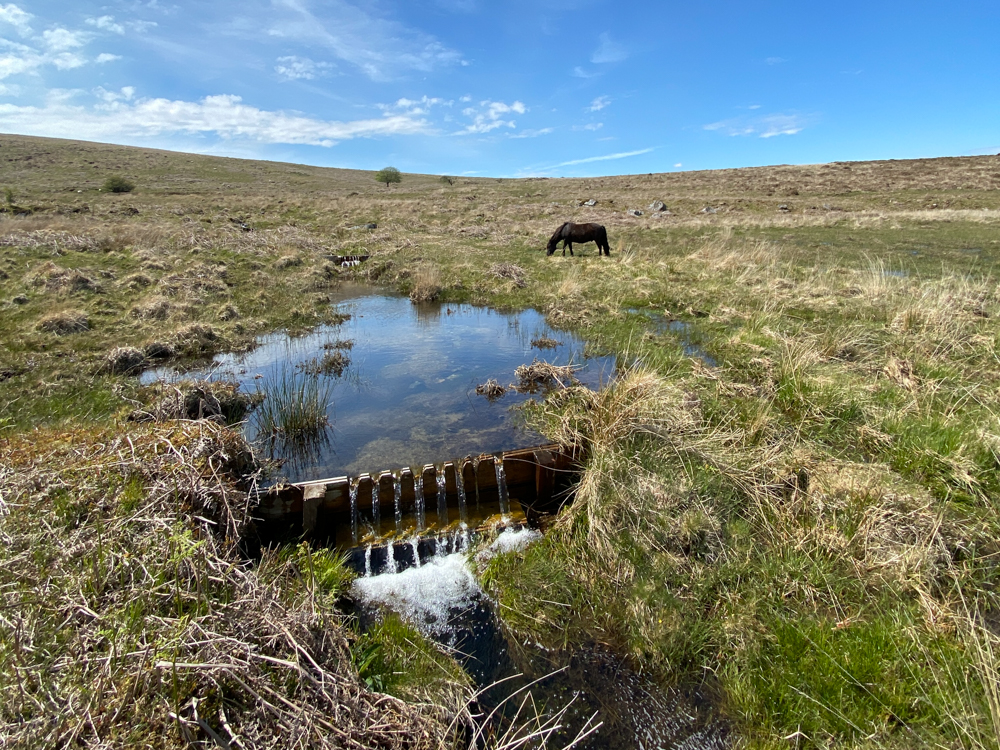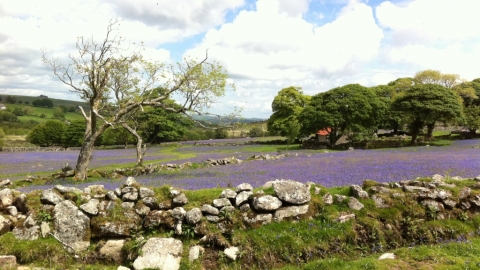What wildlife-rich looks like:
Lightly-grazed, open habitat mosaics on acidic, nutrient-poor soils across Devon. Includes dry and wet heaths with scattered trees and scrub, mires and blanket bogs, rush pastures and wet woodlands. Mosaics are rich in wildlife. Dunlin nest in the upland blanket bogs, snipe drum over our wetlands and clapping nightjars can be heard over our heaths. Cuckoo, whinchat and curlew nest across the county again.


